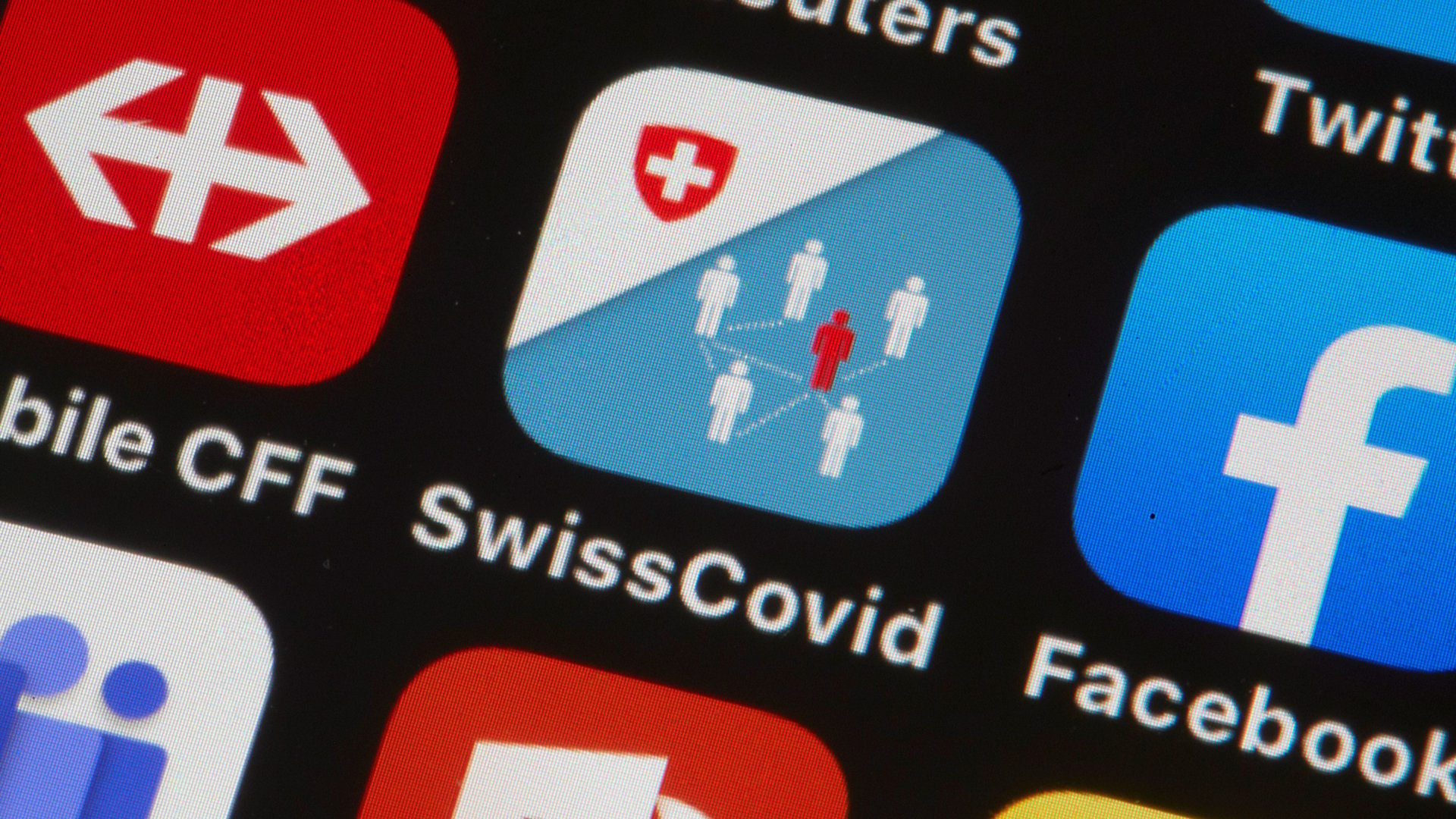Global contact tracing app downloads lag behind effective levels
Over the past three months, about 50 national governments have released contact tracing apps to help warn their citizens if they’ve been exposed to someone infected with Covid-19. Data from mobile app analytics firm Sensor Tower suggests that, so far, most apps have not seen the download rates they need to effectively curtail the spread of coronavirus.


Over the past three months, about 50 national governments have released contact tracing apps to help warn their citizens if they’ve been exposed to someone infected with Covid-19. Data from mobile app analytics firm Sensor Tower suggests that, so far, most apps have not seen the download rates they need to effectively curtail the spread of coronavirus.
In order for a contact tracing app to work, it needs widespread adoption. The higher the download rate, the better the chance that any two strangers who come in contact with each other both have the app, so that their phones can exchange a signal and notify them if the other person becomes sick.
Researchers haven’t pinpointed a magic number that will make the system work. While many media reports cite a 60% threshold, the authors of the study that statistic is drawn from say it has been misunderstood: They clarified in an email that tracing apps can reduce the spread of disease even if the adoption rate is as low as 15% of the population.
The Sensor Tower data, which includes download rates from 22 countries, shows just five countries that reach the 15% threshold: Qatar, Israel, Australia, Switzerland, and Turkey.
It’s important to note that these figures are a rough estimate, calculated by dividing an app’s total downloads by the number of people in a given country 14 or older. The dataset doesn’t cover about half of the countries with national contact tracing apps. It also doesn’t include China, which has no standalone contact tracing app: Instead, a contact tracing feature was automatically added to AliPay and WeChat, which are used by hundreds of millions of people within the country.
To come up with the 15% threshold, the researchers assumed that app usage would be distributed randomly across the country. But in reality, it will vary locally: Big cities, for example, will probably have the highest adoption rates. The researchers stress that local rates will have the biggest impact on whether an app will protect a particular community.
Within Sensor Tower’s available dataset, Qatar’s Ehteraz app is a clear leader in adoption rate at 91.8%—towering over its closest peer, Israel’s HaMagen, which has seen a 22.3% adoption rate. India’s Aarogya Setu app has by far the greatest raw number of downloads, at 127.6 million—more than double the total of every other country in the dataset combined.
Privacy advocates have singled out both Qatar and India for security flaws in their apps. India’s government has mandated that public and private sector workers, as well as residents of hard-hit containment zones, download Aarogya Setu, despite concerns that it could expose infected users’ location data to private companies and hackers. The Qatari app, which citizens must download or face up to three years in prison and a $55,000 fine, reportedly left over 1 million users’ national ID numbers, health status, and location data vulnerable to hackers.
Contact tracing apps continue to roll out unevenly around the world. In Europe, debates over how to design apps to balance privacy and efficacy have slowed deployment, and even forced some countries to scrap their offerings. The US has adopted a piecemeal approach, allowing states to build their own apps one by one. Regardless of its strategy, each county will need higher adoption figures for digital contact tracing to make a meaningful difference in public health.